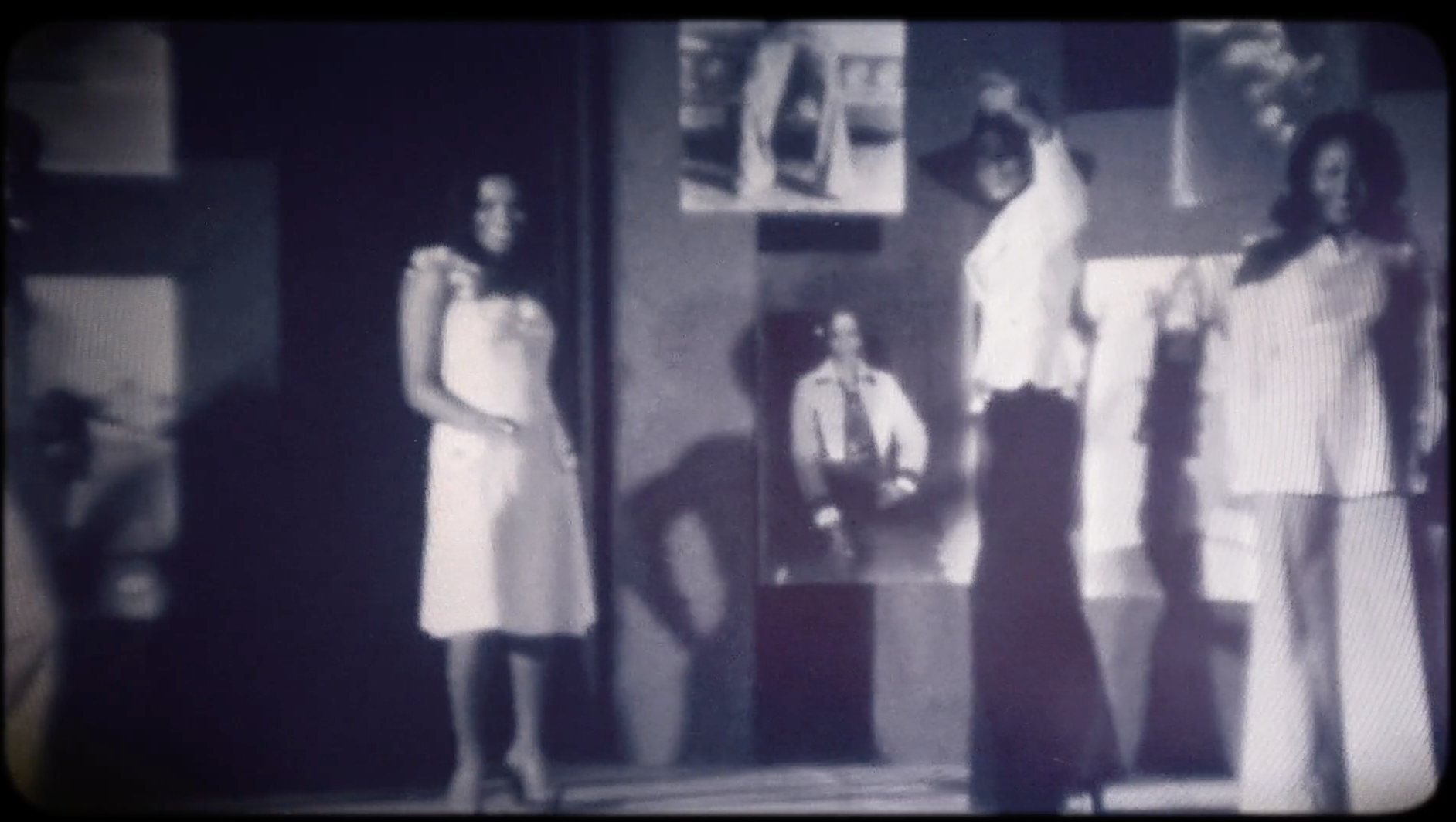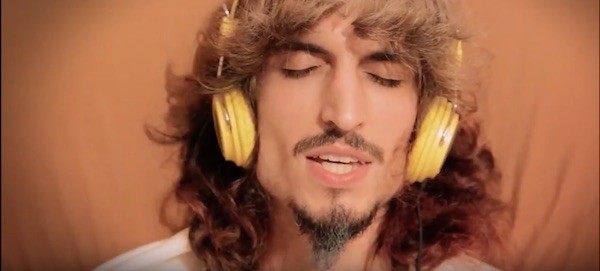Years ago, photographers in the Sears portrait studio at Crosstown captured timeless images of happy families. But at a photo shoot inside the Crosstown building last month, shots were of peeling paint on columns in cavernous, leaky warehouse rooms or bathroom floors covered in shattered bits of smashed porcelain sinks.
Around 40 photographers and videographers captured these images in the long-vacant Sears Crosstown building at the end of May. Crosstown Arts video producer Justin Thompson organized the final photo shoot before construction begins on the 1.4-million-square-foot future “vertical urban village” that will be home to a combination of medical, educational, arts, and residential spaces.
“We’ve known for a long time that there would come a time when we couldn’t go in there, and the building would change forever,” Thompson said. “[Crosstown development project leader] Todd [Richardson] said we needed to go ahead and do this, because we are running out of time.”
Photographer Hope Dooner not only shot haunting images of the abandoned building, she also found some closure. Her boyfriend David, whose father managed Sears years ago, died recently, but Dooner said he grew up playing in the building while his dad worked.
“I felt a real presence of him in there. I could imagine him skateboarding through the warehouse,” Dooner said.
Richardson said the development team is waiting on a $15 million new market tax credit allocation from the federal government, which “could happen any day now.” That’s the final piece of funding for the $180 million project, and after that happens, there will be a 60- to 90-day financial closing before construction begins.
Once construction is complete, the Crosstown building will house the Church Health Center, Gestalt Community Schools, Memphis Teacher Residency, Crosstown Arts, and some offices for Methodist Le Bonheur Healthcare, Rhodes College, St. Jude Children’s Research Hospital, and ALSAC. It will also contain apartments and some retail stores.
Even though construction is a couple months away, Richardson said the building is already changing inside.
“Right now, we’re removing some of the historic items that we want to keep and reuse. Some will be used for Crosstown Arts in their spaces, and some will be used in the building’s common areas and in the landscape,” Richardson said. “There are 80 ladders in the building, and we’ll cut those in half and install them in the apartments as towel racks. Some of the big tanks will be cut up and used as benches for the community garden.”
After the photo shoot event, Thompson asked all the photographers involved to share their pictures for the Crosstown Arts archives. Some may be used in a future art show, and others could wind up in a documentary that Thompson has been working on about the development of the Crosstown building.
“We knew from the beginning that this project would be a long shot, and if it did work, it needed to be documented — from the physical aspect of the building itself to the community-building process and the creative process,” said Richardson, who is also an art history professor at the University of Memphis. “Justin [Thompson] has been documenting our events since the first MemFEAST in our basement in 2010 with 50 people.”
Richardson said the Crosstown Development Team has been sensitive to keeping as much of the building intact as possible. Some areas inside will be demolished to house light wells, but the exterior will look largely the same.
“From the beginning, when we started working with our architects, my message was ‘Look, guys, the building is awesome as it is. We just can’t screw it up,'” Richardson said. “You’d think that renovating and cleaning and making new would automatically equate to improvement, but that’s not necessarily the case. People are very attracted to the building as it is, so we need to make it more attractive not by covering it up but by accentuating what is already there.”



